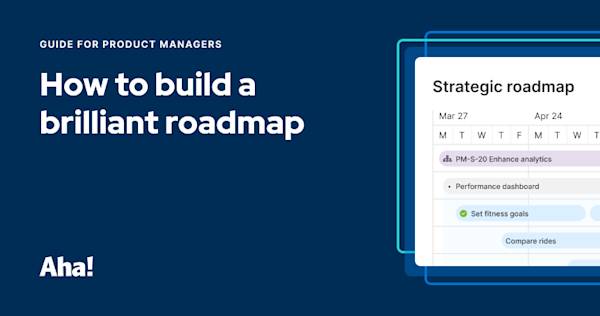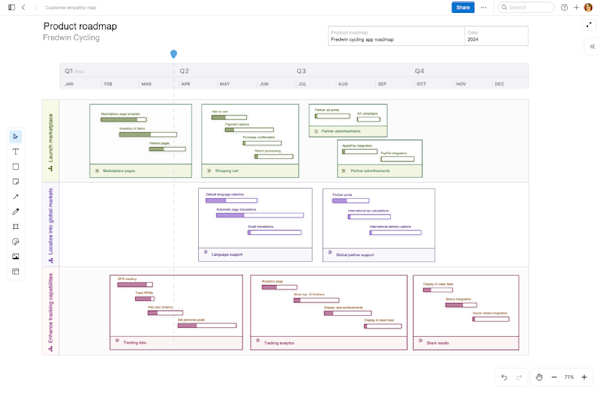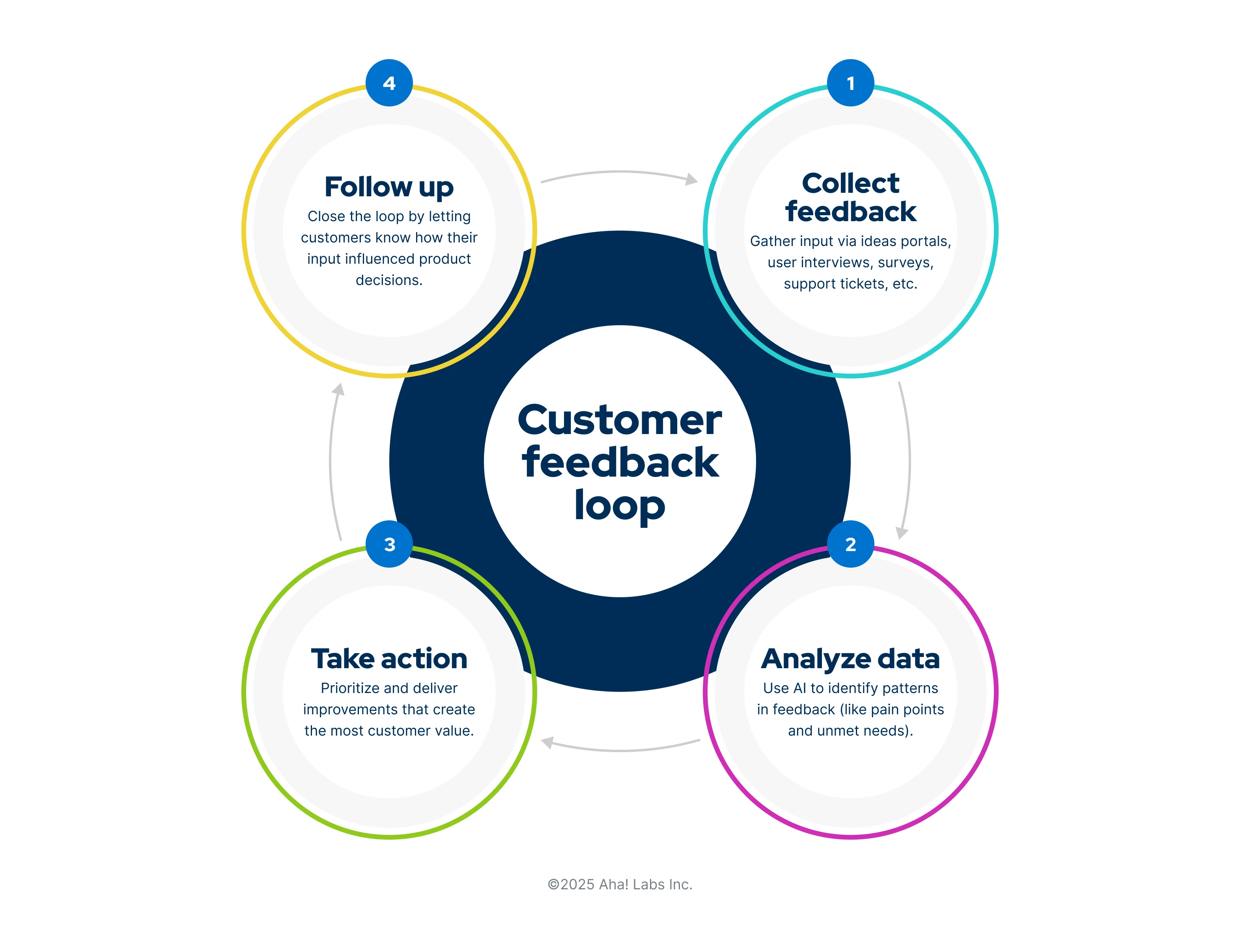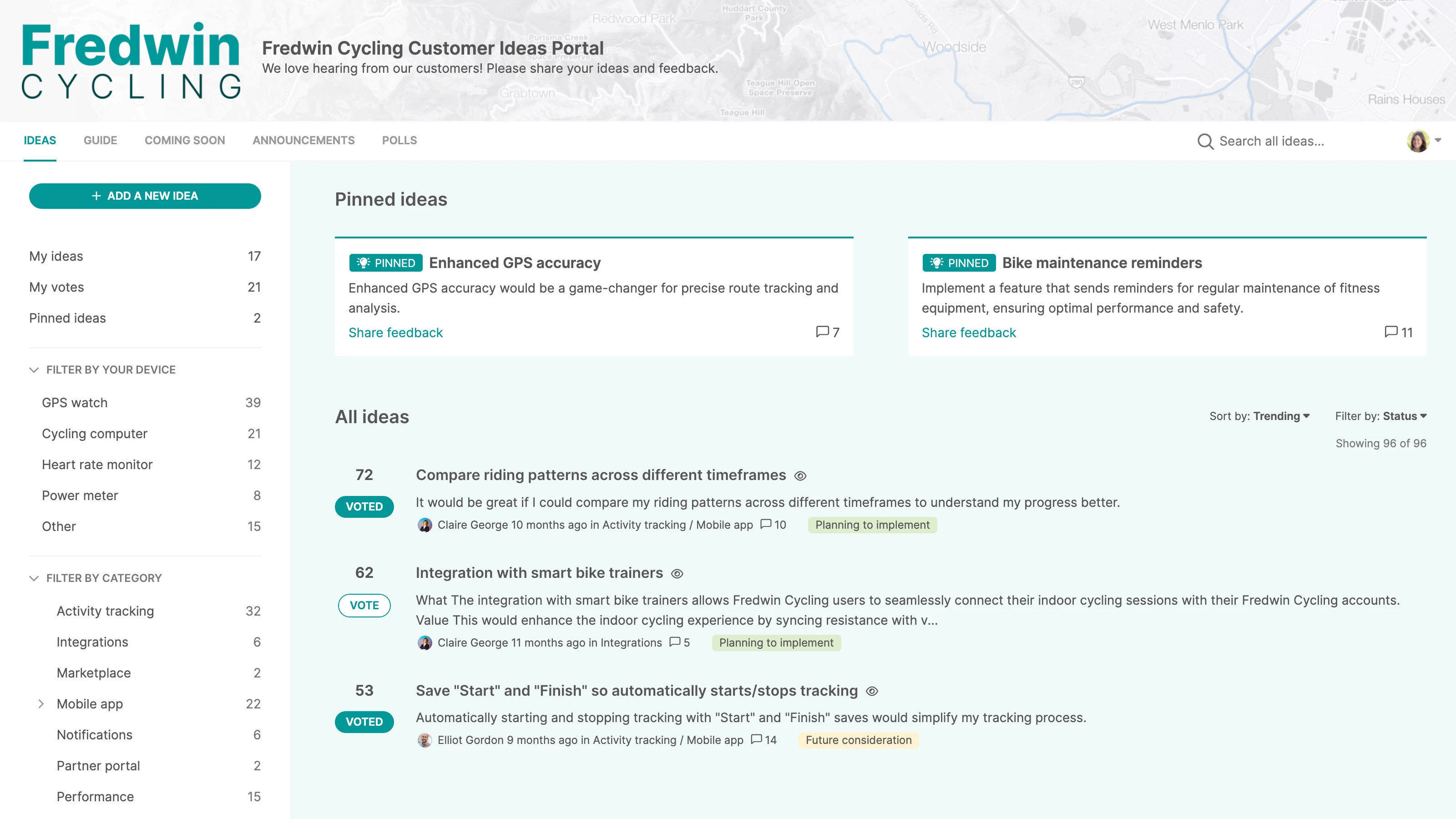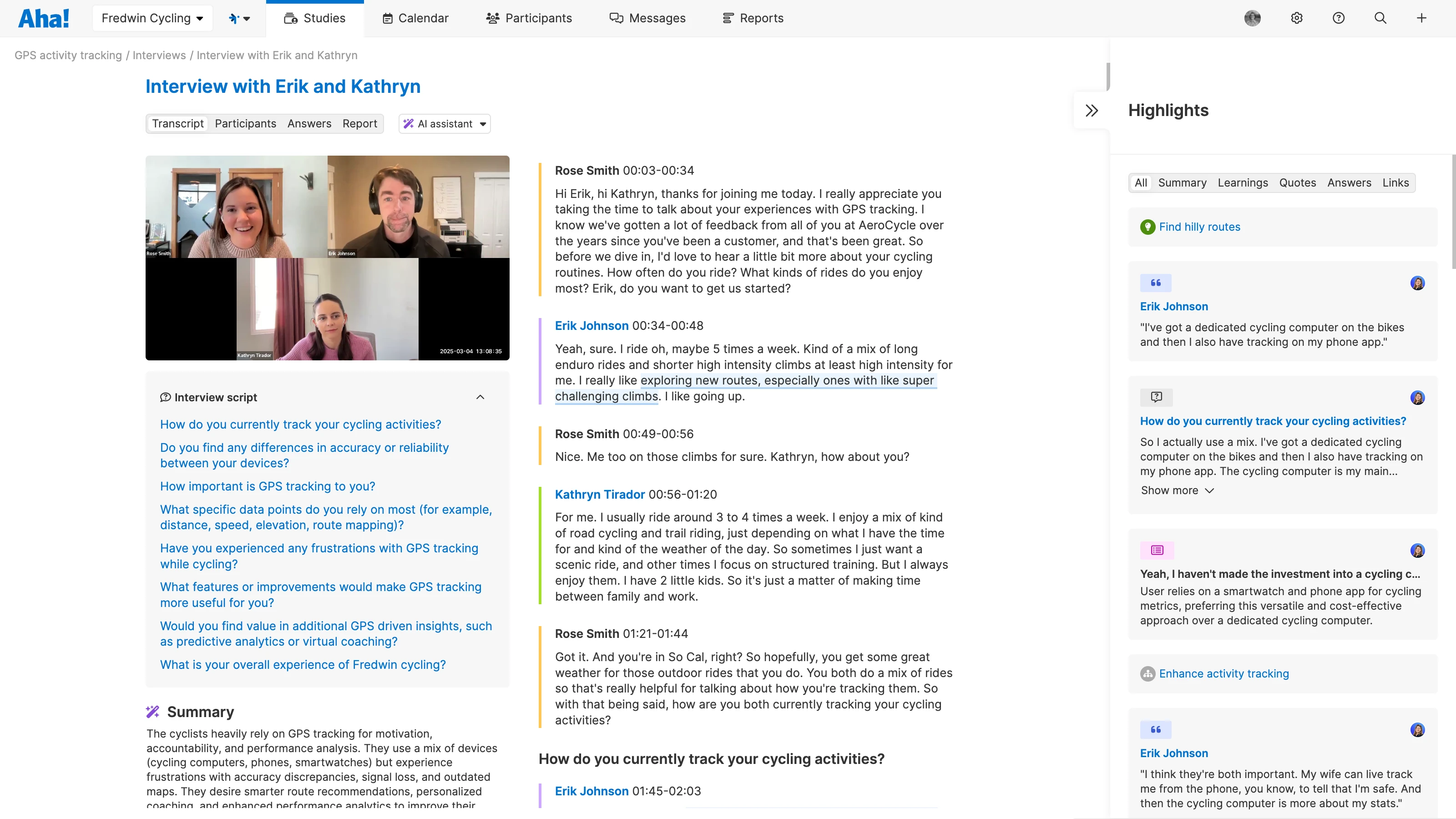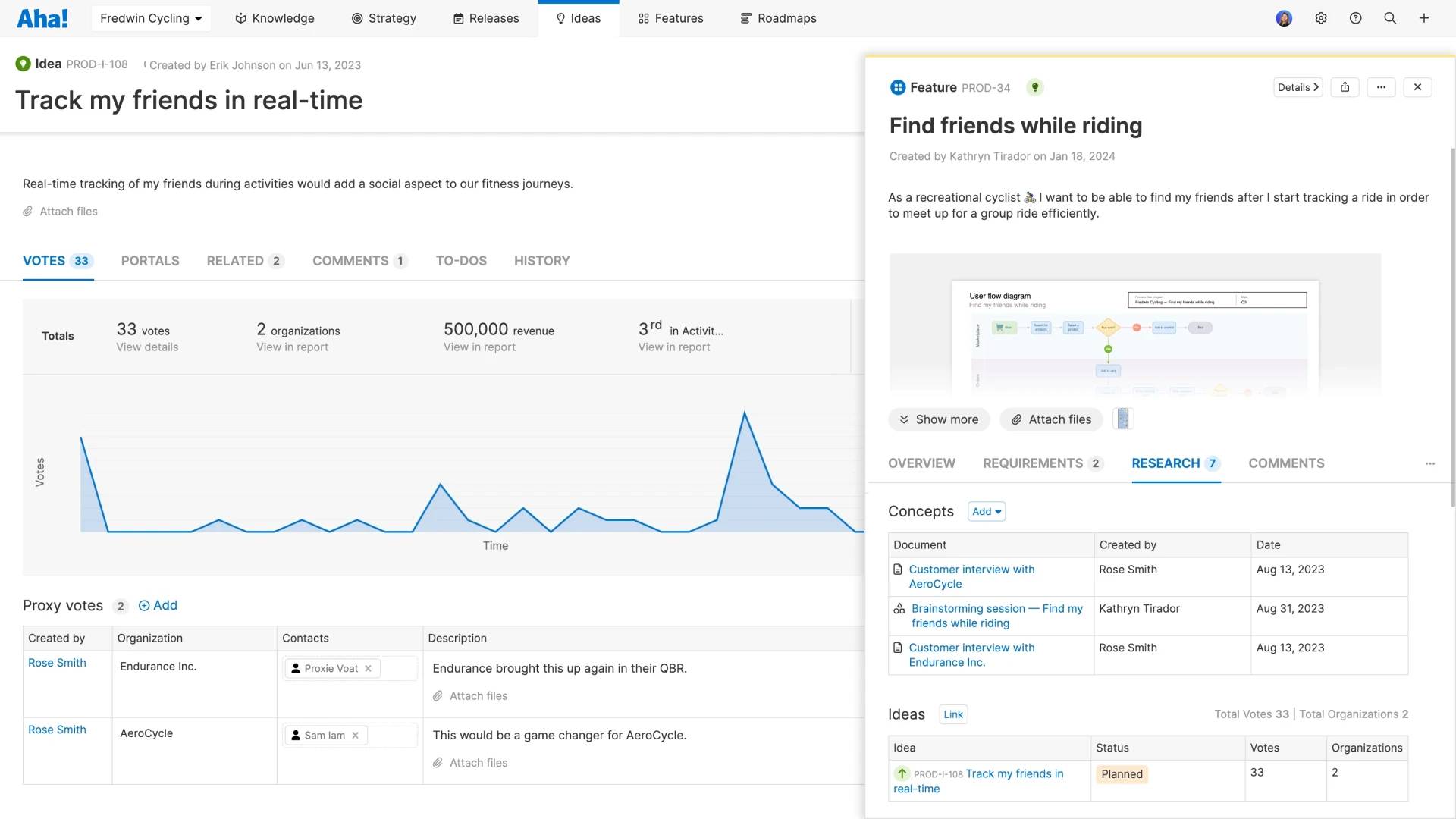What is a feedback loop in product development?
How to create a customer feedback loop to deliver more product value
Last updated: November 2025
Customer feedback loops are essential for better products and happier users. This guide breaks down the basics of how to collect and implement product feedback — including real examples from our team. It is ideal for product managers and anyone responsible for shaping product direction or customer experience. |
Input process adjust continue. That is the gist of a feedback loop. It describes how systems (or people) take in feedback and respond. The term originates in scientific theory, but the same idea applies whether you are talking about biology, electrical engineering, or even your annual performance review at work. Think of a thermostat adjusting temperature, traffic lights reacting to congestion, or a fitness tracker nudging you to move. Each one relies on feedback to guide the next step.
In product development, feedback loops typically refer to how product teams collect customer input and use it to refine product plans. This ensures you build what customers truly want and need.
Customer feedback loops are not always neat and perfect circuits, though. It can sometimes feel messy to sort through scattered comments and competing opinions. Or it might take a while to get useful insights. But teams that embrace the process stay closer to the voice of the customer — making progress with every feedback cycle.
If you are a product manager or work in customer experience, this guide covers what you need to know (plus a real feedback loop example from the Aha! team). Let's dive in:
What is a customer feedback loop (and how does it work)?
A customer feedback loop is a structured, ongoing process for improving your product with real input from users. Product teams collect feedback, analyze it, prioritize and deliver changes, and then update customers on the outcome to close the loop.
Feedback loops should inform all types of product updates — from new feature discovery to minor enhancements. The goal is to create a system for listening and continuous improvement.
See how customer feedback loops work — and how we use them at Aha! to keep improving what we build.
